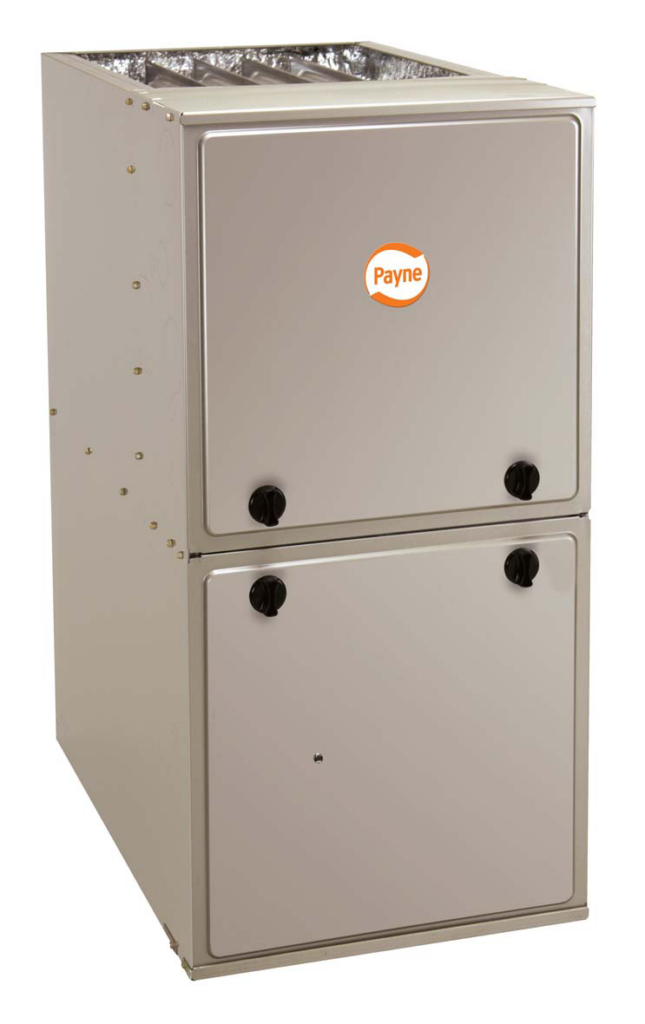Furnace brands to avoid are:
- York and other Johnson Controls brands
- Maytag and other Nortek Global brands
- Entry-level Lennox Merit Series
- DIY brands like Airquest and Goodman
There are other brands, too, all listed and explained below.
The general rule is to stay away from Johnson Control brands (York, Luxaire, Coleman & Champion), Nortek brands (Maytag, Frigidaire, Gibson & Broan) and anything sold online or at Home Depot as a DIY option.
As for Lennox, avoid its cheapest units – and a couple of its most complex furnaces because they are prone to mechanical failure. And the more complex the furnace, the higher the repair bill when it breaks down.
What is on this page about furnace brands to avoid? This page has a list of the worst brands and furnace types and why you should not buy them. Reasons are explained, so you can decide for yourself.
Poor quality and/or installation: It’s more than just furnace quality, though that’s at least half of the equation. The rest of it surrounds installation – which is a huge factor in how durable a furnace will be.
Furnace Brands to Avoid Because of Bad Quality
Some HVAC manufacturers make inferior furnaces. It doesn’t matter if the “Furnace Technician of the Year” installs them, they won’t have the durability of a Trane or a Carrier. There are two families of brands that make the worst gas furnaces.
Avoid Maytag, Broan, Frigidaire and Gibson Furnaces
These are four identical brands manufactured by Nortek Global. Never heard of the company. It was Nordyne until the name change in 2015, if that name rings a bell.
This company also made Tappan and Westinghouse furnaces, but those brands have been retired.

Average Cost To Install a Warm Air Furnace
Typical Range: $3,840 - $5,570
Top Reasons to Avoid These Furnaces
- Poor quality parts plus design issues in these furnaces leads to them breaking down early and often compared to quality furnace brands.
- Parts that failed at an unacceptably high rate, along with pro repair cost, include:
- Draft inducer motors ($390-$800)
- Control boards ($275 – $600)
- Gas valve assemblies ($300 – $500)
- Heat exchangers ($1,500+ or a new furnace)
- Cheaper parts with a higher-than-average failure rate include various sensors ($125 – $225) and igniters ($100 – $175).
- One pro installer gives insight into what might be causing most of these issues. Keep in mind that moisture is a byproduct of natural gas combustion.
- The technician, Jason F, said, “There is entirely too much moisture building up inside these units and they are shorting out the motors and the control board.”
- That shoe seems to fit the major complaints from homeowners who are frustrated with these brands. The technician says that the “fix” for one of the issues is to “put the control board in a plastic bag…” OK then. That’s not going to solve the issue.
- The installer goes on to criticize in graphic language the cheapness of Nortek – in this case Maytag – parts and sheet metal. Anecdotal, yes, but not isolated. This is what we’re hearing from pros around the country.
*What about MrCool gas furnaces? Did you know MrCool makes furnaces? Well, they don’t. MrCool-branded furnaces are Nortek Global furnaces, identical to Maytag models. Perhaps that is all that needs to be said.
Read more

